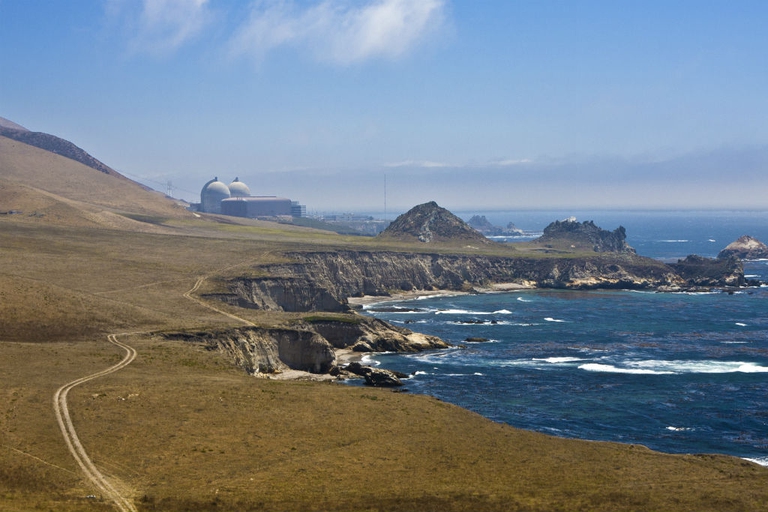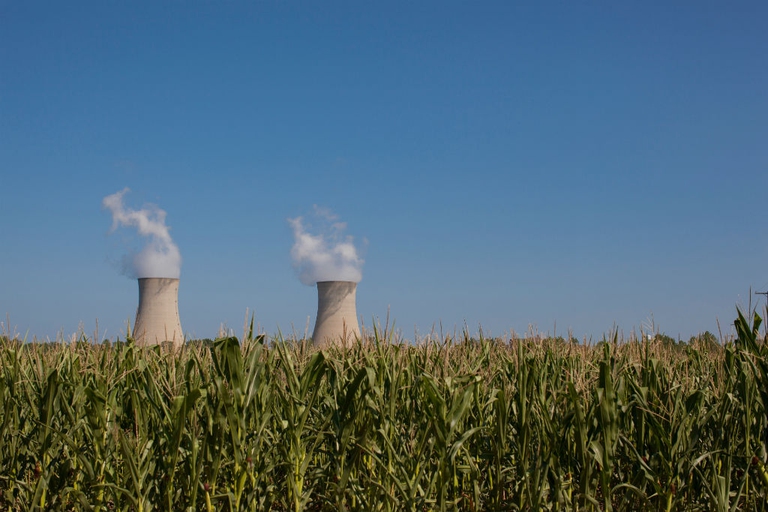
A group of experts in Tokyo suggested pouring radioactive water from Fukushima into the open sea. A marine biochemist explains the consequences of this absurd decision.
La centrale nucleare di Diablo Canyon chiuderà nel giro di dieci anni. Decisione presa grazie alla crescita delle rinnovabili e dell’efficienza energetica.
Diablo Canyon, California’s last remaining nuclear plant and one of the first to have been established, is going to be shut down by 2025.
The electric utility that owns the plant, the Pacific Gas & Electric Co (PG&E), officially announced the plan. Along with local labour environmental groups, it decided to invest in renewables and energy efficiency, to the detriment of the power plant located on the cliff north of Los Angeles.
The nuclear plant, which produces about 9 per cent of the domestic energy, will be closed within a decade. The decision comes after the US country started to change its energy policies, setting the objectives of achieving 50% renewable energy by 2030, doubling energy efficiency goals, and developing energy storage.
“California’s energy landscape is changing dramatically with energy efficiency, renewables and storage being central to the state’s energy policy. As we make this transition, Diablo Canyon’s full output will no longer be required,” said Tony Earley, President and CEO of PG&E.
The next few years will be crucial for substituting the energy produced by the plant with zero-emission sources. The first reactor will be shut down by 2 November 2024, while the second one will be closed by 26 August 2025.
The company said in a press release that it will support employees throughout the process and will provide them with retraining sessions. Some of the employees will be retained, while others will be offered benefits. “We are incredibly proud of the men and women who have made Diablo Canyon one of the finest nuclear stations in the country,” added Earley.
At the moment, there are 61 nuclear power plants, with 99 reactors, across 30 countries. Chronologically, the Diablo Canyon plant will be the last to be closed, after the latest shutdown of the San Onofre nuclear plant.
Siamo anche su WhatsApp. Segui il canale ufficiale LifeGate per restare aggiornata, aggiornato sulle ultime notizie e sulle nostre attività.
![]()
Quest'opera è distribuita con Licenza Creative Commons Attribuzione - Non commerciale - Non opere derivate 4.0 Internazionale.
A group of experts in Tokyo suggested pouring radioactive water from Fukushima into the open sea. A marine biochemist explains the consequences of this absurd decision.
A federal court in Washington, D.C. has struck down the Dakota Access Pipeline, following years of campaigning by the Standing Rock Sioux tribe.
The Scottish island of Eigg is self-sufficient for its energy needs, relying almost entirely on renewable sources, especially thanks to a coordinated community effort.
President Magufuli in unmovable in going ahead with the Stiegler’s Gorge dam despite conservationists’ warnings of the damage it will cause the Selous Game Reserve’s ecosystem and wildlife.
A large dam along the Luangwa River in Zambia would have posed a serious risk to local people and wildlife, leading hundreds of thousands to oppose it. A call to which the government responded by halting plans to build it.
The first one megawatt solar power plant in the Chernobyl exclusion zone has become operational. This is the first step in a renewable energy development project promoted by the Ukrainian government in the area.
A tanker exploded at a gas and petrol station in Nigeria’s Nasarawa state on the 10th of September, killing 35 people and leaving some burned beyond recognition; 3 citizens had several spine and brain injuries, 2 of them are still on Intesive Care Units. Fela Habila , a local singer, is now stable and out of danger but
The largest tidal power plant in the world will be built in the Larantuka Straits. It will serve 100,000 people and help overcome some of the challenges of energy provision in Indonesia.
Robben Island’s solar energy micro-grid project will produce almost one million kilowatt hours of electricity annually, significantly reducing the cost and impact of buying diesel.









